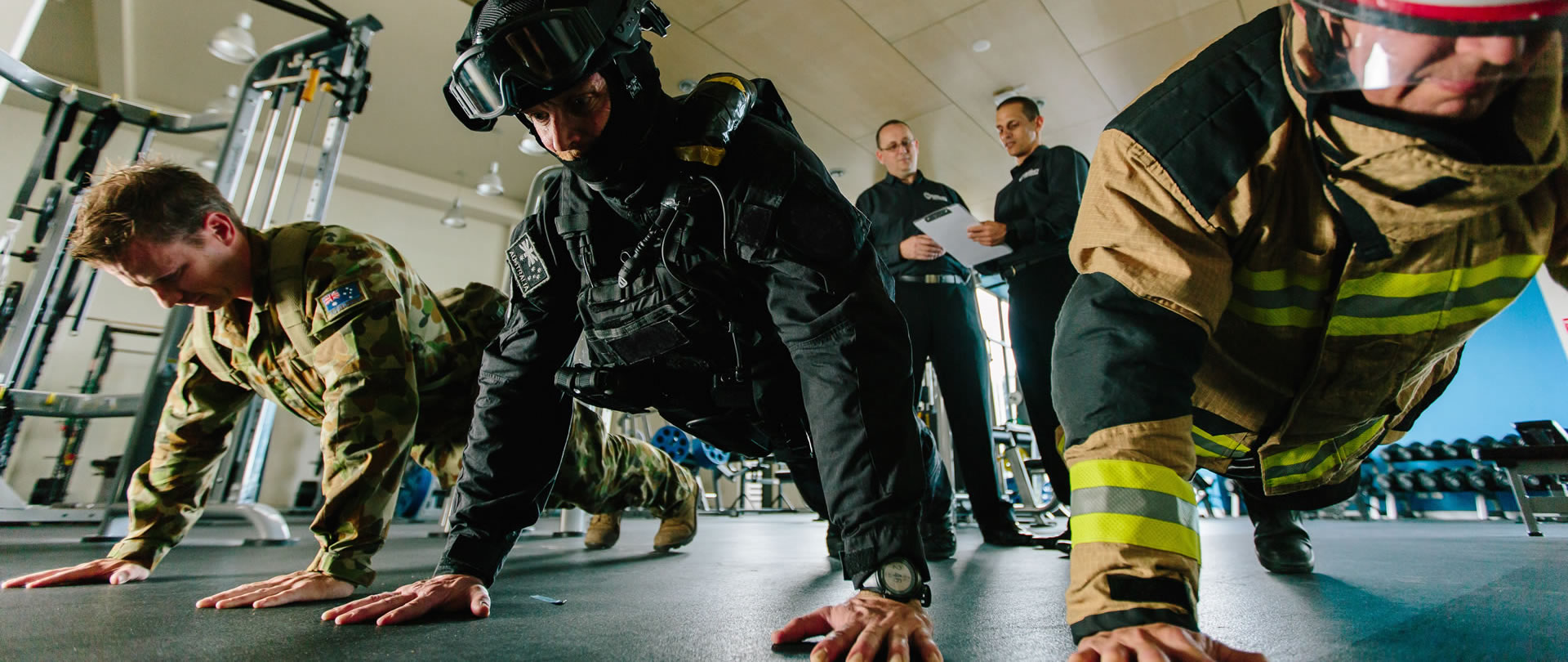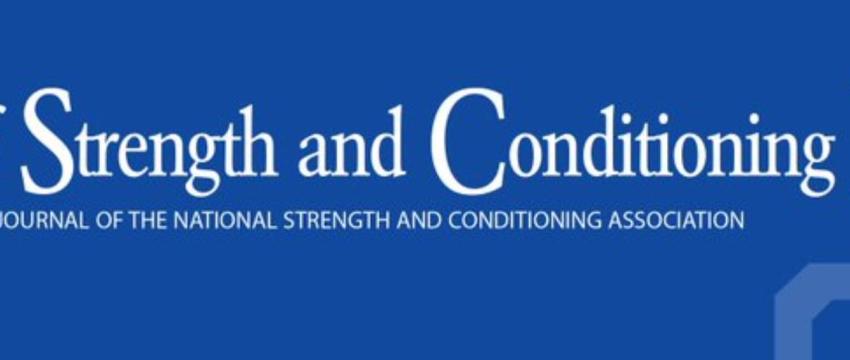New article alert!
The Relationship Between Strength Measures and Task Performance in Specialist Tactical Police
ABSTRACT
Specialist tactical police officers (STPOs) carry heavier on-body loads than generalist police officers. Improvements in strength may mitigate the impacts of these heavier loads. The aim of this investigation was to determine the correlations between absolute and relative strength measures and occupational task performance in STPOs. Retrospective data were provided for 47 male specialist police officers from an elite Australian police unit. Data included body mass (mean = 89.0 ± 8.58 kg), strength measures (1 repetition maximum measures for a bench press, squat, deadlift, and pull-up), and task performance measures (85-kg victim drag wearing 15 kg of operational load and 5-km pack march wearing 40 kg of operational load). Pearson's correlations were conducted to determine relationships between measures and were plotted on a linear regressions model. Significant, moderate to strong correlations were found between all strength measures and victim drag performance and significant negative moderate correlations between relative bench press, absolute and relative squat, and absolute and relative pull-up and pack march times. The absolute deadlift had the strongest correlation to the victim drag (r = 0.747, p < 0.01) while the relative pull-up showed the strongest correlation with pack march performance (r = −0.466, p < 0.01). The requirement to lift a portion of the dummy off the ground during the victim drag may explain the increased importance of absolute strength while the requirement to transport load affixed to the body may explain the importance of relative strength requirements. Improvements in absolute and relative upper- and lower-body strength may improve task performance in this population.


